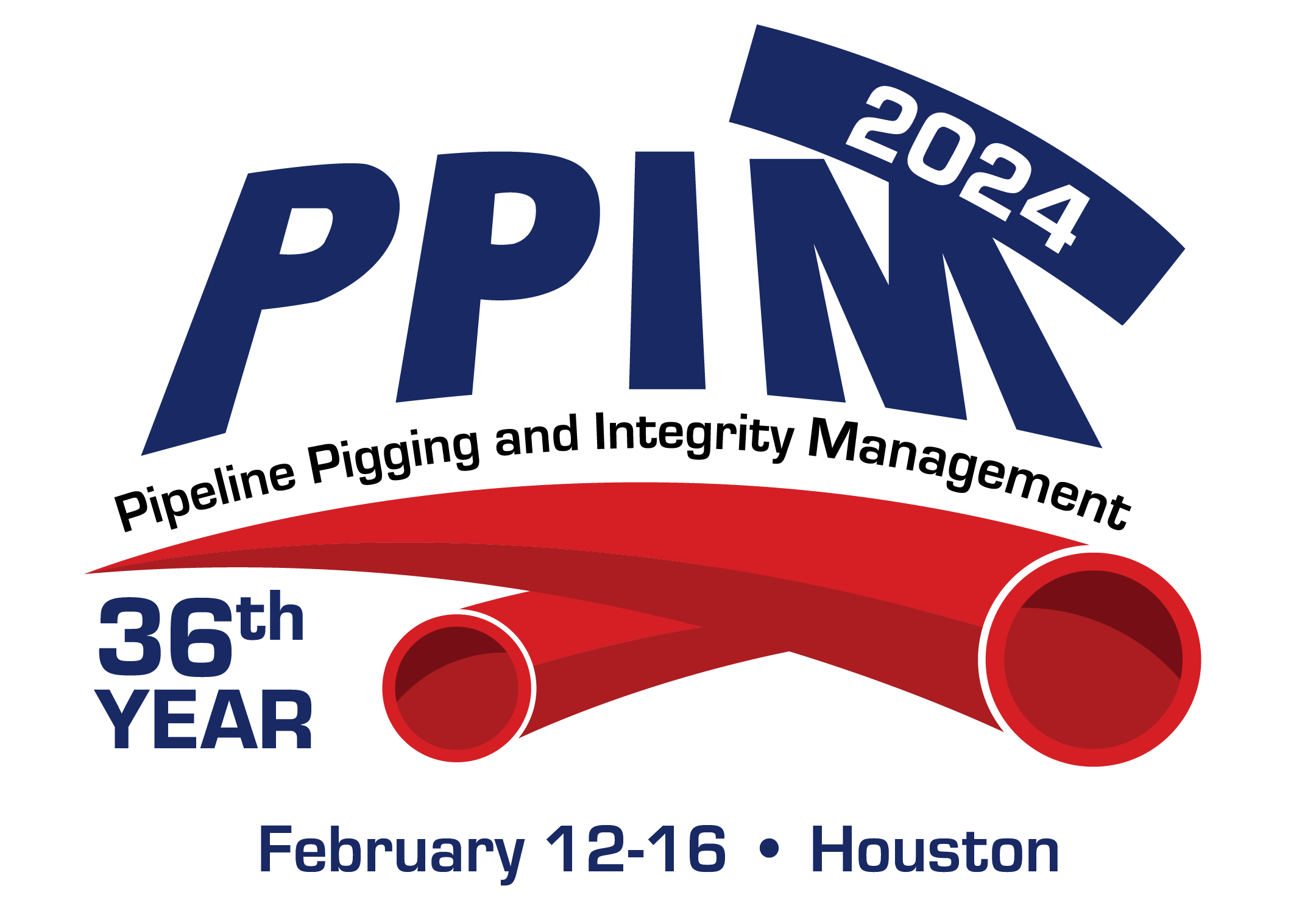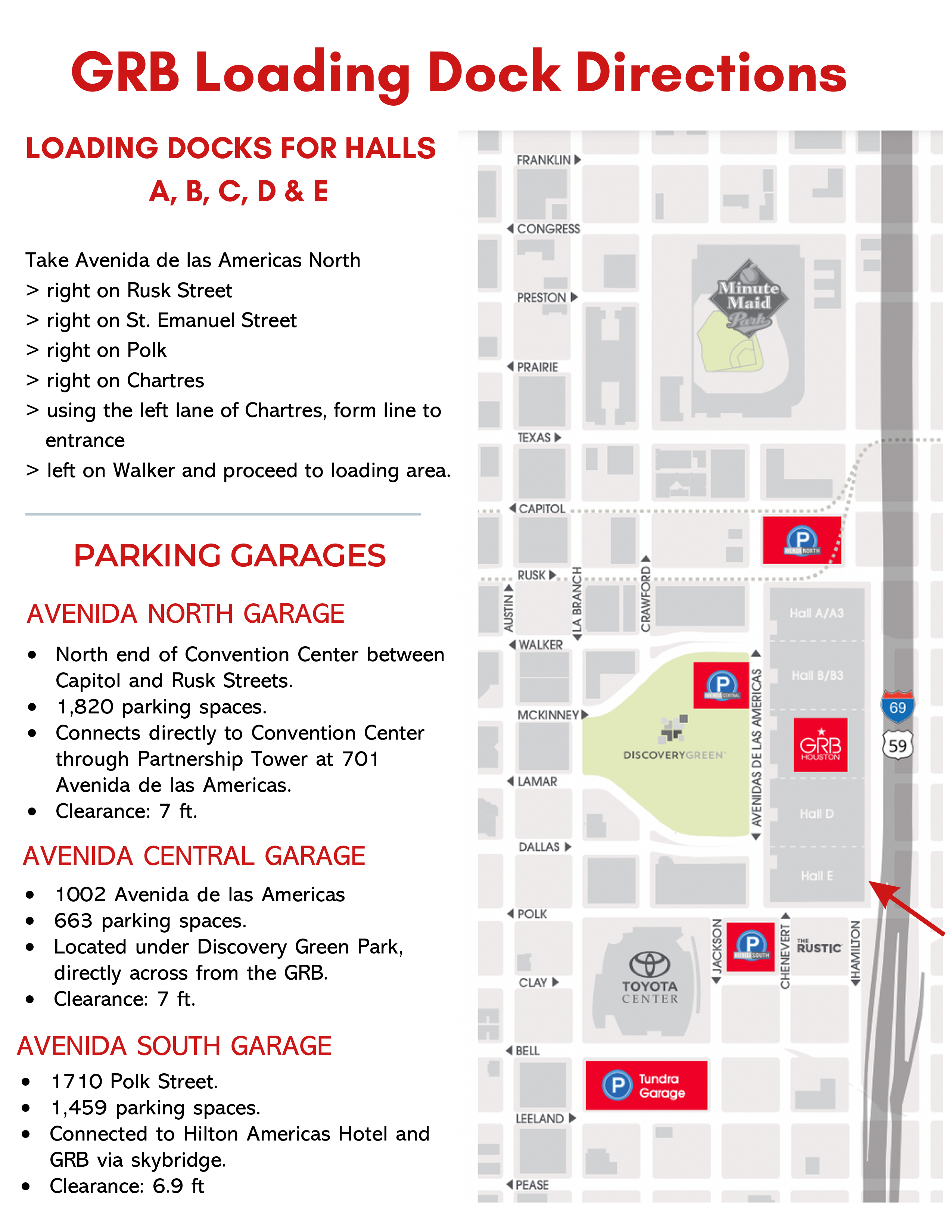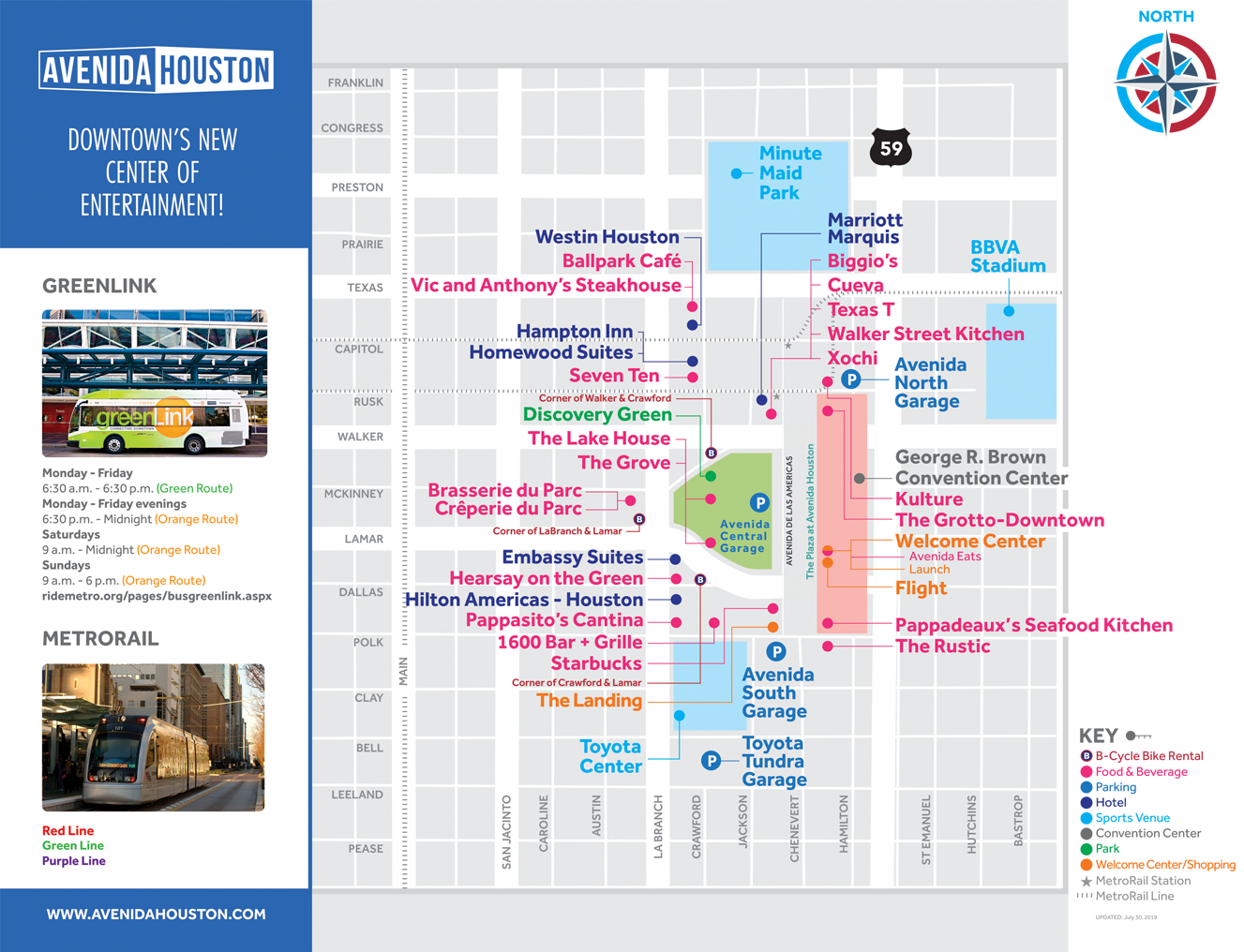COURSE SCHEDULE (both days)
7.30: Registration, breakfast, coffee
8.00 – 5.00: Course
It will be necessary to bring a laptop to this course.
This course is for engineers responsible for verifying and validating ILI inspections of pipeline systems in accordance with the new 3rd edition of API Standard 1163 “In-line Inspection Systems Qualification.” API 1163 provides requirements for qualification of in-line inspection systems used in gas and hazardous liquid pipelines. The standard is incorporated by reference into PHMSA regulations 49CFR192 and 195, and the 3rd edition is expected to be incorporated after PHMSA’s review.
API 1163, 3rd edition, expands and makes mandatory requirements that pipeline operators both verify and validate ILI performance as part of a pipeline integrity management program:
- Verify: Ensure compliance with appropriate plans, procedures, and processes and that inspection conditions are consistent with those used to establish the performance specification(s) for the inspection system being used. A verified inspection should meet the performance specification(s).
- Validate: Ensure that the reported ILI results are consistent with the performance specification(s). A validated inspection is one that the pipeline operator considers consistent with the performance specification(s) and suitable for use in managing the integrity of a pipeline.
The course will teach students practical techniques for verifying and validating a metal loss ILI in accordance with API 1163, 3rd edition. The course includes and provides instructions on the use of an API 1163, 3rd edition, spreadsheet recently released by PRCI to validate ILI results. Exercises conducted during the course will ensure students understand how to use the software, and they will help students build and maintain the skills needed to successfully apply API 1163, 3rd edition. The skills used for metal loss inspection program can also be applied to crack-detection and other inspections programs.
COURSE OBJECTIVES
At the completion of this course, students will be able to:
- Understand ILI essential variables in API 1163, 3rd edition, and how ILI service provider’s performance specifications are formulated
- Verify that an ILI has been successfully conducted in accordance with API 1163, 3rd edition
- Establish the basis for verifying the inspection before the inspection is conducted
- Evaluate the conditions under which the ILI was conducted to ensure they are consistent with the ILI performance specification
- Review preliminary (field) ILI results regarding data quality and consistency requirements
- Accept the ILI data on site after evaluating and reviewing the ILI conditions and preliminary results.
- Validate ILI accuracies in accordance with API 1163, 3rd edition
- Establish the basis for validating the inspection before the inspection is conducted
- Define the number of field measurements needed to validate the inspection based
- Validate an inspection to API 1163, 3rd edition, Level 1, 2, or 3
- Accept the ILI results after evaluating the ILI results as given in the inspection report and/or data spreadsheet
- Understand the role uncertainty plays in using ILI results
PREREQUISITE KNOWLEDGE
Entering this course, you should have a basic understanding of what in-line inspection (ILI) entails
- How ILI tools are selected, prepared, and used to inspect pipelines for anomalies that could threaten integrity
- How basic inspection technologies work – caliper, MFL, ultrasonic wall thickness, ultrasonic crack detection, and EMATs
- What typical ILI data, reports, and spreadsheets look like
- Field methods of measuring anomalies versus what has been reported by the ILI
CONTINUING EDUCATION UNITS
Upon completion of the course, participants will be awarded 1.4 CEUs.
COURSE DOCUMENTATION
Complete course presentation material will be available as a PDF download prior to the course.
INSTRUCTOR
Dr. Tom Bubenik is a Vice President at DNV, responsible for developing and implementing pipeline-related technologies in DNV’s Integrity Solutions and Compliance Department. He joined DNV in 2004 to manage and grow the Pipeline Integrity Section, which now consists of over 30 engineers and support staff. Here, he was responsible for development, management, and implementation of projects related to all aspects of pipeline integrity management, including but not limited to in-line inspection, stress corrosion cracking management, seam weld integrity, mechanical damage, etc. He is an internationally recognized subject matter expert in technologies related to in-line inspection and the effects of defects on pipeline integrity.
SYLLABUS
Day 1
- 1. Introduction and Background
a. ILI Basics
b. API 1163 Development
c. Regulatory Requirements
d. Key Definitions and Terms of Reference - 2. Performance Specifications – Section 6 of API 1163, 3rd edition
a. Concept of Essential ILI Variables – what’s important for each technology, ranges of applicability, etc.
b. Requirements on ILI service providers when preparing a Performance Specification
c. Basis for Performance Specifications
d. Reporting Requirements
e. Role of Continuous Improvement, QA/QC, etc.
f. Reading and Understanding Performance Specifications (case study examples) - 3. ILI Acceptance Introduction and Overview
a. On-site verification – Section 7 of API 1163, 3rd edition
b. Accuracy validation – Section 8 of API 1163, 3rd edition - 4. Field data collection
a. Purposes of field data collection relative to API 1163, 3rd edition
b. Data quality and data integrity
c. Measurements - 5. Verification under API 1163, 3rd edition
a. Verification tasks
b. Examples and case studies
c. What happens after on-site verification
DAY 2
- 6. Validation under API 1163, 3rd edition
a. Introduction and basic requirements
b. Evaluating PODs and POIs
c. Collecting sample data from a population
d. Level 1 validations
e. Level 2 validations
f. Level 3 validations
g. Level 2 versus Level 3 validations
h. API 1163, 3rd edition validation software - 7. Using Validation Results in Integrity Decisions
a. Validating performance specifications versus estimating actual performance
b. Accounting for uncertainties in burst pressure calculations
c. Accounting for uncertainties in remaining life calculations
d. Relationship between calculated remaining lives and reassessment intervals
e. Regulatory acceptance


